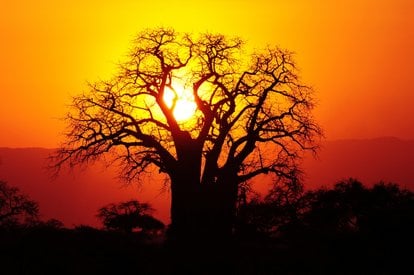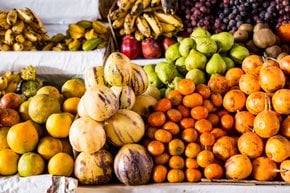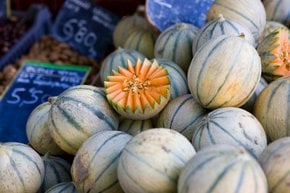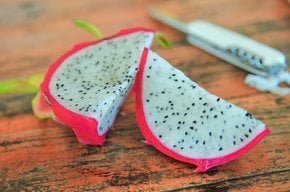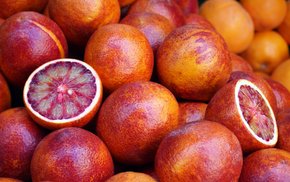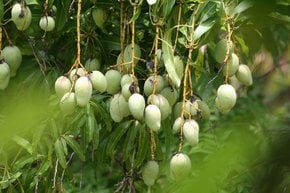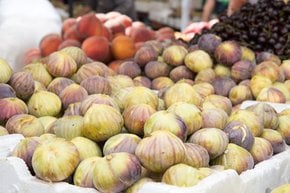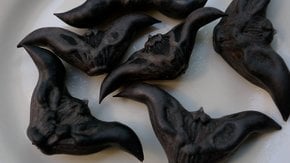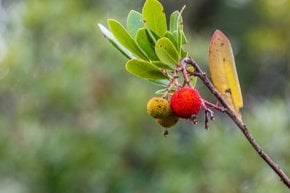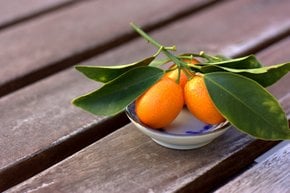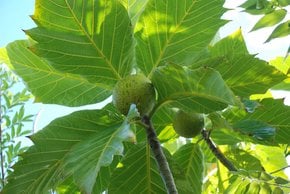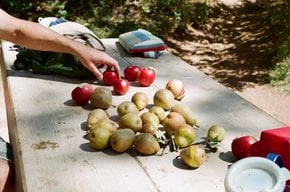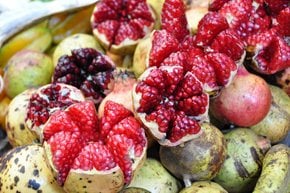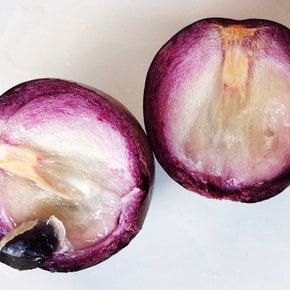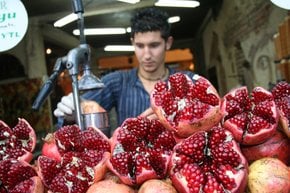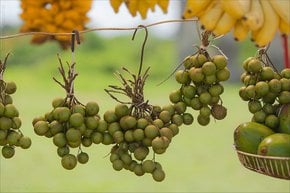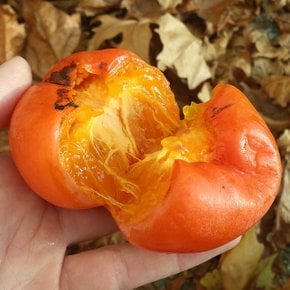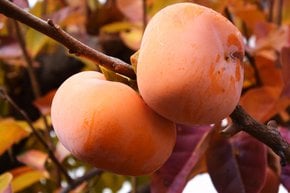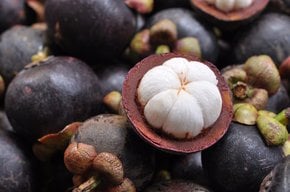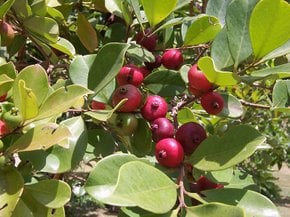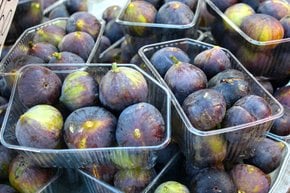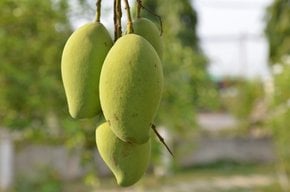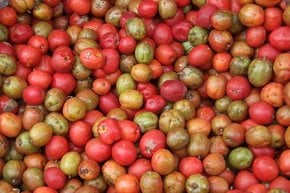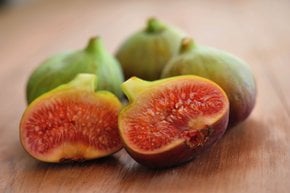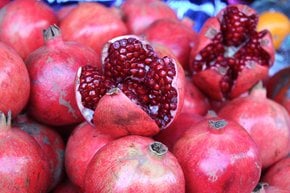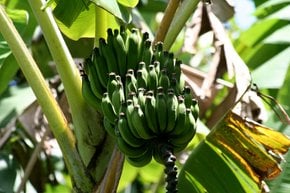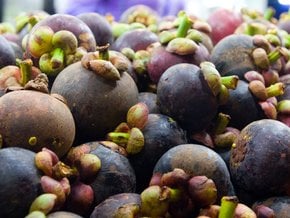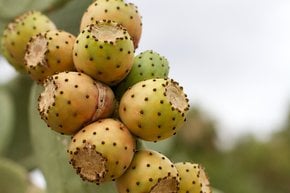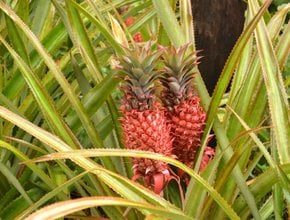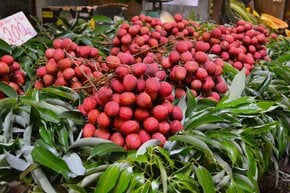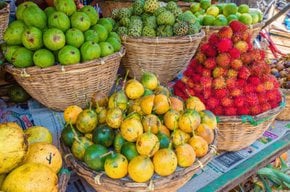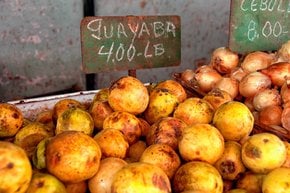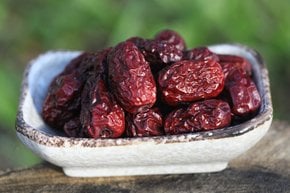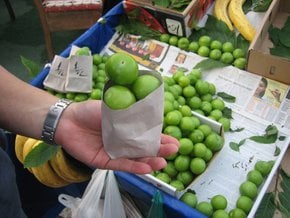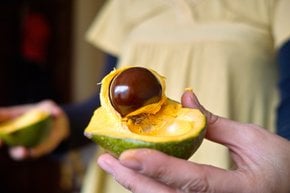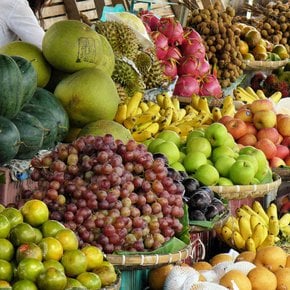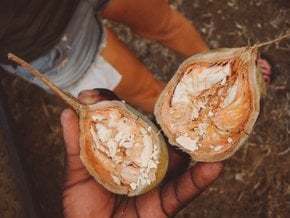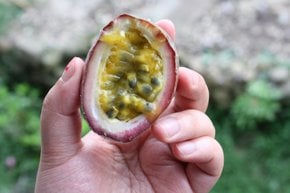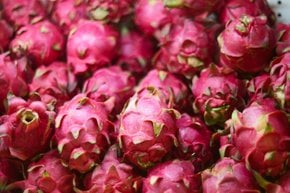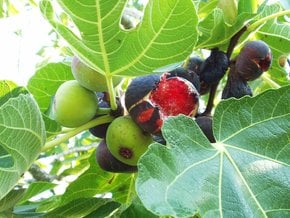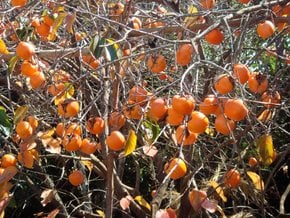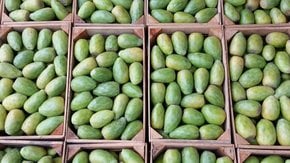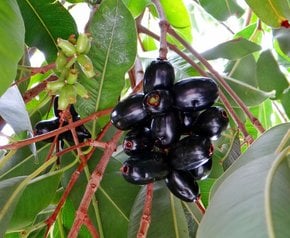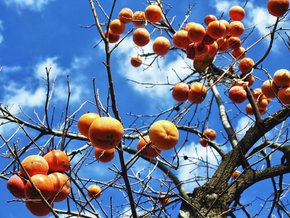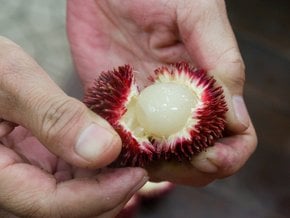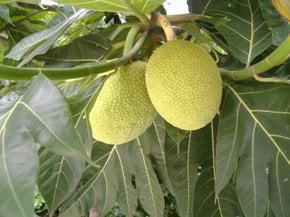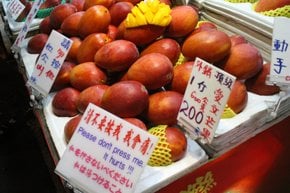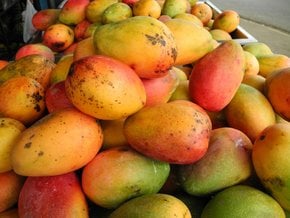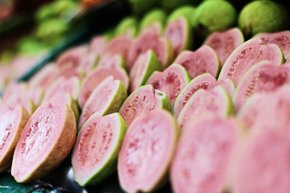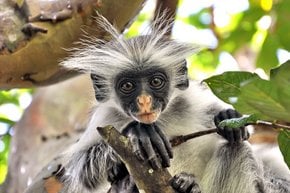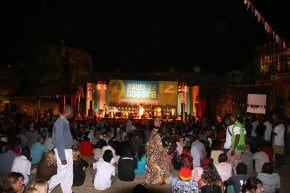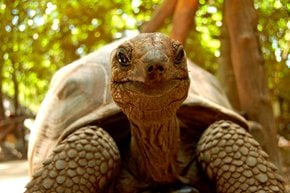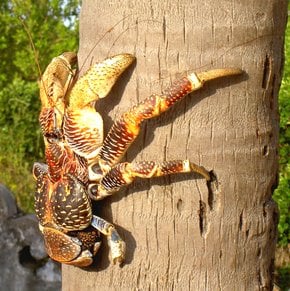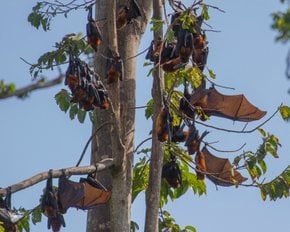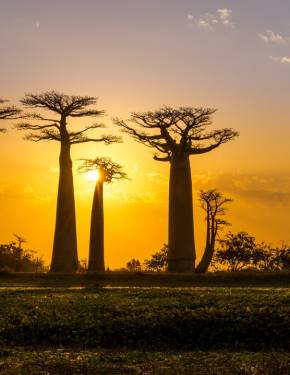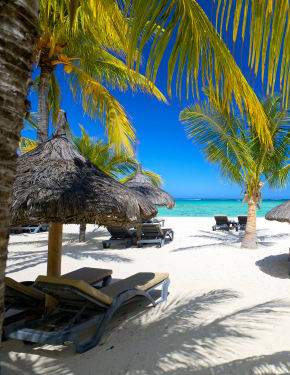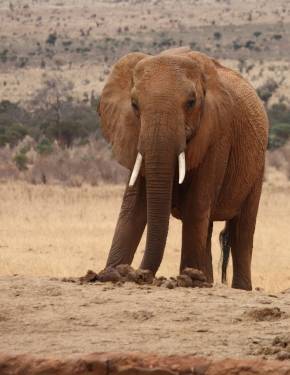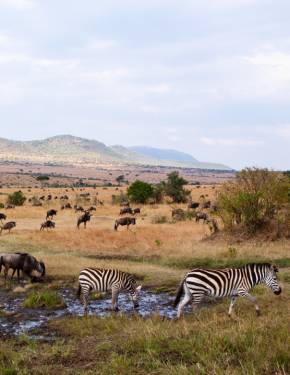Baobab Blooming and Fruit in Zanzibar 2025-2026
The circumference of some specimens of baobab exceeds 10 m and its fruits can reach a length of up to 54 cm!
Best time: December (blooming) | May (ripe fruit)
Few trees in Zanzibar are as cherished as the baobab. Its massive trunk can exceed 10 meters in circumference, and its fruits grow up to 54 cm long. Known for its resilience, the baobab can regenerate its bark if damaged and continue growing even when lying on the ground, as long as one root remains connected to the soil. This extraordinary life force makes it a symbol of strength and longevity in the region.
Best Time
The baobab tree in Zanzibar undergoes a fascinating seasonal cycle. Its striking white flowers bloom briefly in early December, creating a spectacular contrast against its massive trunk. By February, green fruit begins to appear, ripening by May before falling to the ground.
Key Locations
Baobab trees are found all over Zanzibar, but some of the largest and most impressive specimens grow on Tumbatu Island, off the northwest coast. These towering giants dominate the island's landscape, forming a striking contrast against the surrounding scenery. Visitors can explore Tumbatu Island to witness some of Zanzibar's oldest and most massive baobabs. The trees, which have thrived for centuries, remain an essential part of the island's ecosystem. A day trip to Tumbatu offers a chance to admire these majestic trees, whether by hiking through the island or taking a boat tour along its coastline.
Baobab Tree Fruit
The baobab tree is an iconic part of Zanzibari culture and ecology, offering a range of benefits beyond its striking appearance. Its large, cucumber-shaped fruits are rich in vitamin C, fiber, and antioxidants, with a unique flavor combining banana, pear, and citrus. Locals and wildlife, especially monkeys, enjoy the fruit, earning the tree the nickname "monkey tree." Every part of the baobab is useful—the seeds are eaten raw or roasted for tea, the leaves are used in soups and salads, and the bark's ash is made into soap, cooking oil, and medicine. The tree's hollow trunk even serves as a shelter for animals. Baobabs are incredibly resilient, able to regenerate after losing bark and continue growing even if knocked down, making them a symbol of endurance in Zanzibar's landscape.

